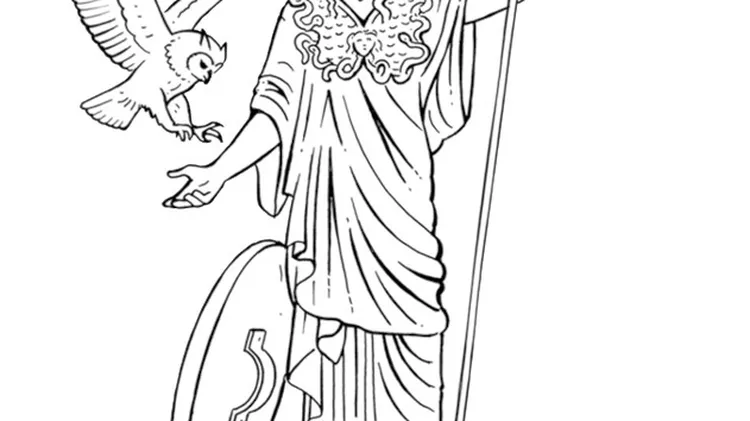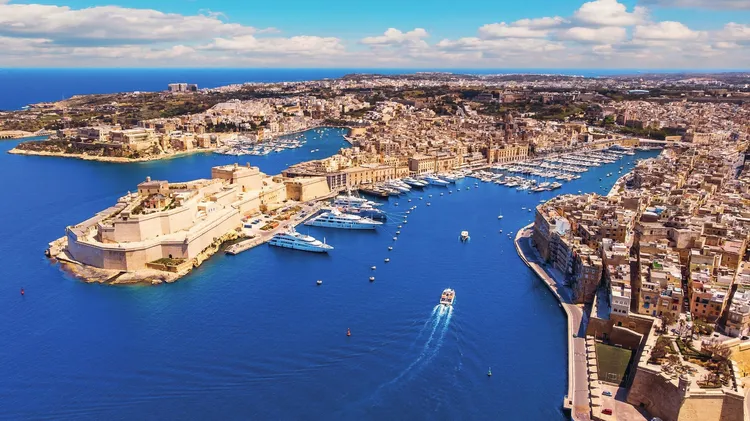They carved their names into statues of pharaohs and took cruises down the
Wish you were here
8 min read
This article is from...
Read this article and 8000+ more magazines and newspapers on Readly






